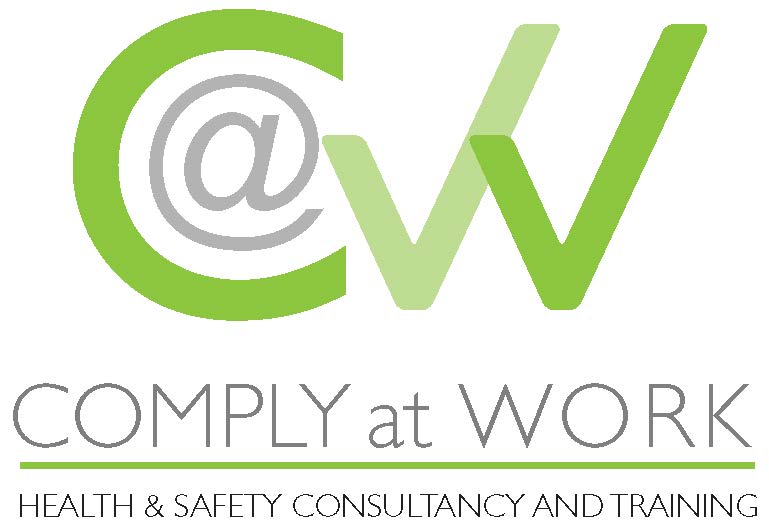Information
-
This checklist covers general construction conditions and should not be considered an "end-all" to the inspection. Additional notes are encouraged.
-
Document No.
-
Company
-
Prepared by
-
Conducted on
-
Job
Job site Information
-
Is the SSSP available and been sited?
-
Was the weekly safety meeting ("tool box talk") held?
-
Is the first aid kit stocked and in a conspicuous, accessible place?
-
Are injury and illness records posted?
-
Are emergency phone numbers available?
Housekeeping
-
Are the working areas generally neat and free of debris?
-
Is waste disposed of regularly?
-
Are sanitary facilities adequate and clean?
-
Are lunch room facilities available and clean?
Personal Protective Equipment
-
Are hard hats being worn at all times?
-
Are hi visibility clothing being worn and in suitable condition?
-
Is proper eye protection used?
-
Is proper hearing protection used?
-
Are suitable steel toe caps being worn?
-
Are seat belts being used in all equipment at all times?
Fire Prevention
-
Has an emergency action plan been developed for the site?
-
Have fire extinguishers been checked
-
Is the route for emergency vehicles accessible?
-
Has a hot works permit been issued for hot works? Have all relevant staff sited and signed onto?
Ladders
-
Are ladders in good condition and have slip-resistant feet and away from electrical exposures?
-
Do ladders extend 1.0m above the landing and are being tied off?
-
Are stepladders fully opened when in use?
Open excavations
-
Have all excavated areas been protected?
-
Are personal fall arrest systems rigged so that an employee can neither fall more than 1.8m or contact a lower level?
-
Have all open trenches been protected with shoring or other suitable protection
-
Is all rebar and anchor bolts capped?
-
Are existing services marked, pot holing to identify services been carried out, has stand overs been carried out in compliance with the service provider?
Hand & Power Tools
-
Is the correct power tool being used for the job?
-
Have associates been instructed in the correct use of each tool?
-
Are tools inspected for defects?
-
Are damaged tools tagged "Out of Service" and repaired or replaced immediately?
-
Do power tools have the proper grounding?
-
Are all mechanical safeguards in use for power tools?
Heavy Equipment
-
Is equipment regularly inspected and maintained?
-
Are all lights, back up alarms, etc. working?
-
Are lifting procedures and safe working loads being adhered to?
Electrical Work
-
Are all electrical safe distances being adhered to according to the COP?
-
Have overhead and underground power hazards been assessed, isolated or eliminated?
-
Do all electrical cords have certified tags and in good safe working order, free of splits, tears and exposed wires?
Material Handling and Storage
-
Are materials stored neatly and properly?
-
Are associates lifting loads correctly followed and being assessed?
-
Are relevant material safety data sheets available and kept on site?
Flammable Gases and Liquids
-
Are all containers clearly labeled?
-
Are proper storage practices observed?
-
Are there adequate fire extinguishers nearby?
Traffic Control
-
Are we managing traffic control properly?
-
Are police officers being utilized if applicable?
-
Is pedestrian traffic being monitored and controlled?
-
Are proper traffic devices being used when applicable (signs, stands, barricades/fencing etc.)?
Additional Information
-
Use this space to explain any discrepant condition(s) found. Follow up and closure of all discrepancies is mandatory.
Discrepancy
-
Describe Descrepancy
-
Location of Discrepancy
-
Responsible Contractor
-
Add signature
-
Notes
-
Superintendent or Foreman
-
Select date















